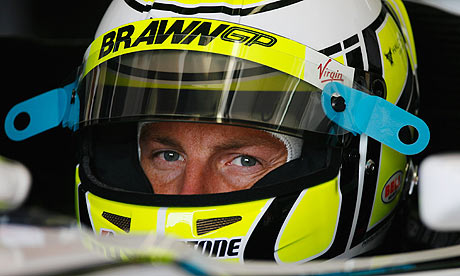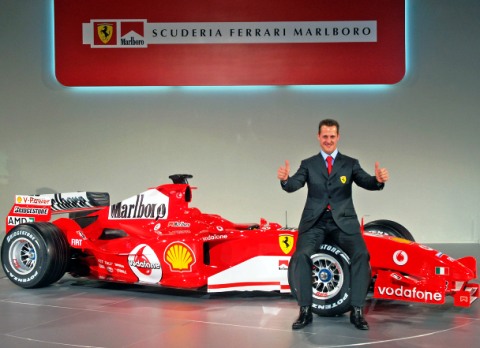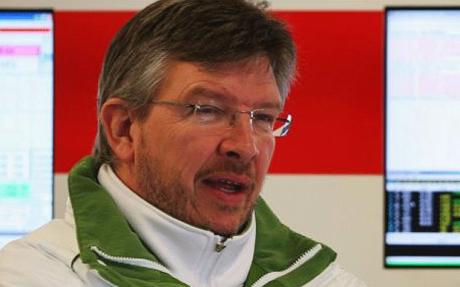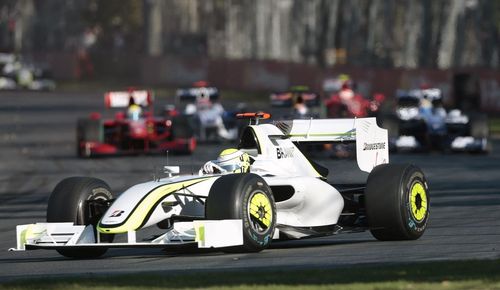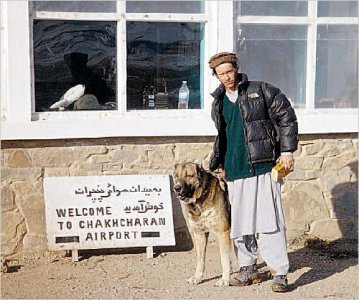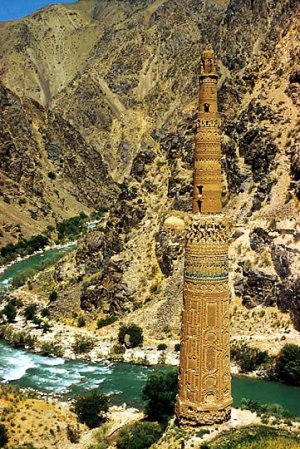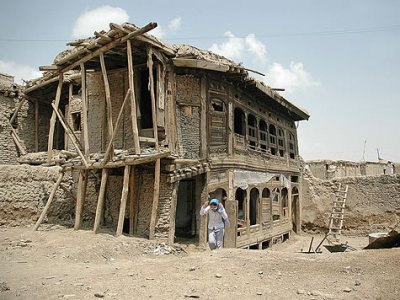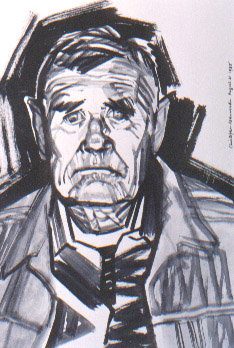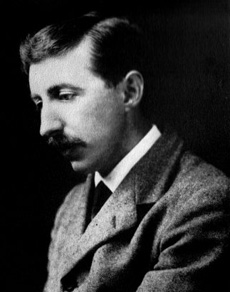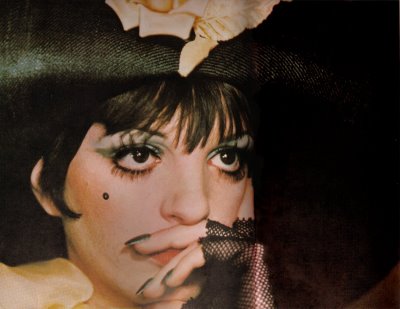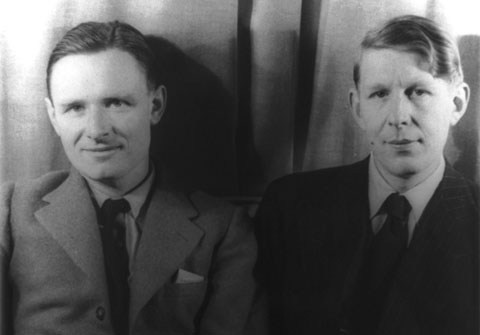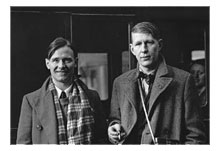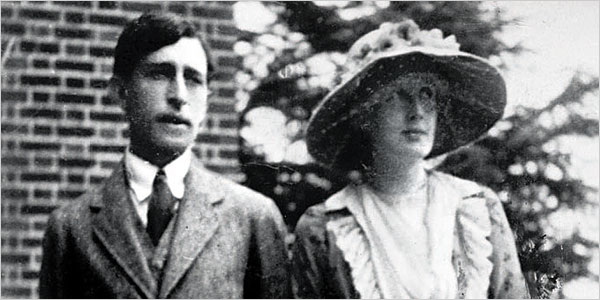Homeland Insecurity
Saturday, October 31st, 2009Israel Is Real, Rich Cohen, 2009
A 350 page history of the Jewish people from Abraham, Moses, David, through to Zionism and today’s Israel is tough sledding for the reader. Cohen is American, doesn’t speak Hebrew, at one point claims he is Christian to be allowed into the Jerusalem old city, and writes with a strange mixture of empathy and puzzlement at the Jewish story and fate.

Jerusalem – Layers of History
His history is fleeting with special attention to the life arch of King David, from Shepard, to hero, to king, to wife stealer, (he sends the husband to die as a soldier), to sad old man yearning for his lost son. He credits David with the transition from wandering tribe carrying the Ark of the Covenant everywhere to building a permanent temple on the Temple Mount, thus fixing Jewish fate to a single geographic location. He also gives special attention to the Roman conquest and role of the warrior Jewish Zealots in the death and destruction of Judea including the second temple. The Roman built a temple to Jupiter on Temple Mount but within a few hundred years, the Caesars had converted to Christianity as had many Jews.


Yad Vashem Holocaust Memorial Museum
He discusses the 2000 year plight of the Jews with alternating pogroms, assimilation, ghettos, leading up to the Holocaust, which he says has been turned into a new religion with its own temples (museums now include Berlin and Washington) throughout the world centered by Jerusalem’s Yad Vashem, leading via Zionism to the formation of Israel.
He says after the Roman conquest, the Jews succeeded in turning the lost temple with its rituals into a book (or really several books) that they could again carry with them everywhere in their wanderings. Unlike the Ark, the book could be multiplied so every Jew could have his own copy wherever he went. He attributes the strength of the Jewish identity to possession of this book.
One interesting section deals with the rise of the notion of race which was intended to doom the prospects for assimilation since the Jews would never be considered Arlan even if they converted to Christianity. So, to counter the race argument, some Jews discovered a lost tribe of red headed Jews who for a short time around 700 AD ruled a small kingdom called Khazaria. But the concept of race somehow got buried deep in the psyche and today Jews are themselves very race conscience with their distinctions between Ashkenazi Diaspora-Caucasian Jews and Sephardic Jews from the Middle East, North Africa, and Spain.
He traces the origins of Zionism, the movement to return and create a Jewish state in Palestine to people like Disraeli, the first and only Jewish British prime minister and American journalist Mordecai Noah, or more interestingly, to German-Polish Jew Moses Hess who knew and shared a coffeehouse with Marx and Engels. Credit is generally given to Theodor Herzl near the end of the nineteenth century.
He traces the arch of the State of Israel through its key leaders and heroes, particularly warrior Ariel Sharon, hero of 1948, 1967, and 1973. He draws some parallels between Sharon and David and even Sharon and Moses. Sharon’s bold aggressive style of warfare finally came into disgrace in the 1982 Lebanon invasion following the Christian massacre of Palestinians in several refugee camps in Lebanon. In the final stage of the arch, we follow embittered Sharon as he leads a band of police to the mosque on the Temple Mount during Israel’s withdrawal from Gaza.
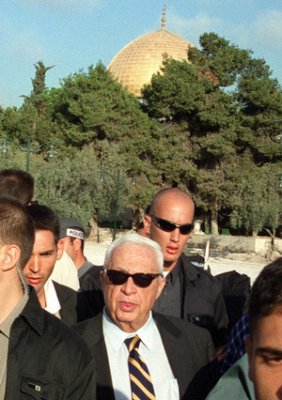
Ariel Sharon Visits Temple Mount
Most memorable are his stories of the 1973 Yom Kippur war which Israel almost lost. We see once heroic one eyed Moshe Dayan losing it when it appears Syria will prevail in Golan, ranting about the loss of the third temple and scaring everyone around him; we see tough Golda Meir taking a cigarette break to collect herself at the height of the crisis then calmly declaring “Let’s go back to work.”
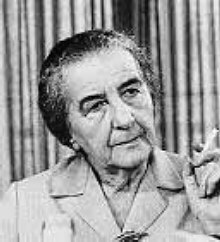
Tough Mother Golda and her cigarette
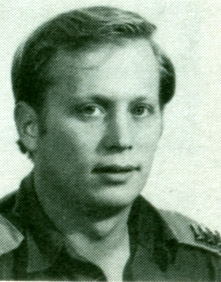
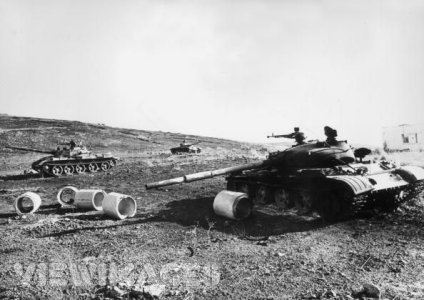
Force Zvika
Then there is the amazing story of 21 year old tank commander Zvika Greengold, who commands the only remaining functional Israeli tank and enters the Hula Valley alone at dusk to try to hold off hundreds of assembled Syrian tanks until Israeli reinforcements can arrive. In an all night tank battle, without lights, Greengold maneuvered among and knocked out uncountable tanks and stopped the Syrian advance for 22 hours. He was aided by the fact that his aging tank was a Sherman the same that Syria was using, and that any tank he could find in the dark would be an enemy but the Syrian couldn’t identify him as an enemy. To confuse the Syrians further, he used his radio to command his “Force Zvika” tanks during the action. When reinforcements finally arrive the Israeli commander asks Greengold “Where is Force Zvika?” and he answers “I am Force Zvika”.
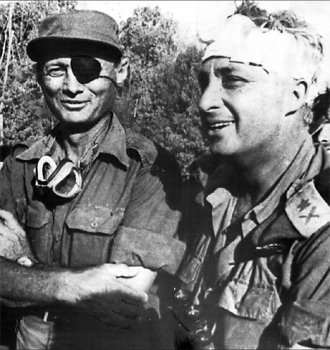
Dayan and Sharon during Yom Kippur War
The other Moses-like story concerns Ariel Sharon in the Sinai dessert in 1973. Two divisions of Egyptian soldier have driven the Israelis deep into the dessert where their advance is finally stopped. Some scouts report an incredible discovery; the two Egyptian divisions have left a gap fifteen miles wide between them. Sharon asks his timid commander Gonan for permission to drive through this gap to Suez. Gonan refuses but Sharon, of course, goes anyway. He gets to the Canal by morning and asks Gonan for bridges to cross. Gonan refuses again, so Sharon finds some derelict old landing craft and manages to get several hundred troops and equipment including tanks across the canal. The Egyptians awake to discover their supply lines cut (including water), Israeli troops camped a short drive from Cairo, and two divisions trapped in the dessert. An Egyptian MiG fighter attacks Sharon’s position and Sharon is wounded. Sharon is called back to Sinai for a meeting (shouting match) with Gonan with the result that reinforcements are sent to hold Sharon’s Egyptian position but not under Sharon’s command. Anwar Sadat is forced to negotiate a peace.
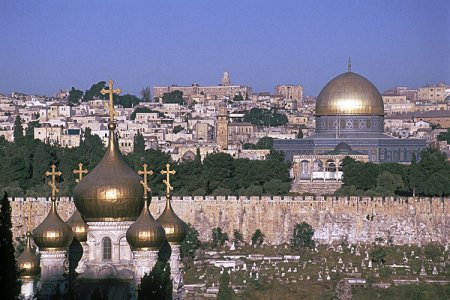
Jerusalem Epicenter of Western Religions – and Graveyard
He talks about visiting Israel and of the Jerusalem Syndrome which affects most visitors to the old city, possibly excepting Asian tourists whose culture is outside the Christian, Muslim, and Jewish traditions. Few visitors actually become psychotic but the effects of seeing all the layer upon layer of history built one upon the other and the sites that are central to the three major western religious traditions is somehow overpowering. One wishes that the entire city could be preserved as an international museum, protected from all the struggles and politics but of course Jerusalem is home to a diverse collection of people going about their daily lives, an idea inconsistent with the notion of museum.
The big dynamic today seems to be population, as the Arabs outproduce the Jews changing the political dynamic that would ultimately lead to an Arab controlled democracy. Cohen himself was criticized for being Jewish and for living in the safe US instead of returning to his Jewish homeland. If all American Jews emigrated to Israel (they automatically have Israeli citizenship) the population disparity would be instantly corrected and the Jews would dominate the country. This is the ultimate contradiction buried in the very concept of a religious state. It is something that Ataturk understood when he declared Turkey to be a secular state but that the Zionists and Ayatollahs of Iran have somehow missed.
